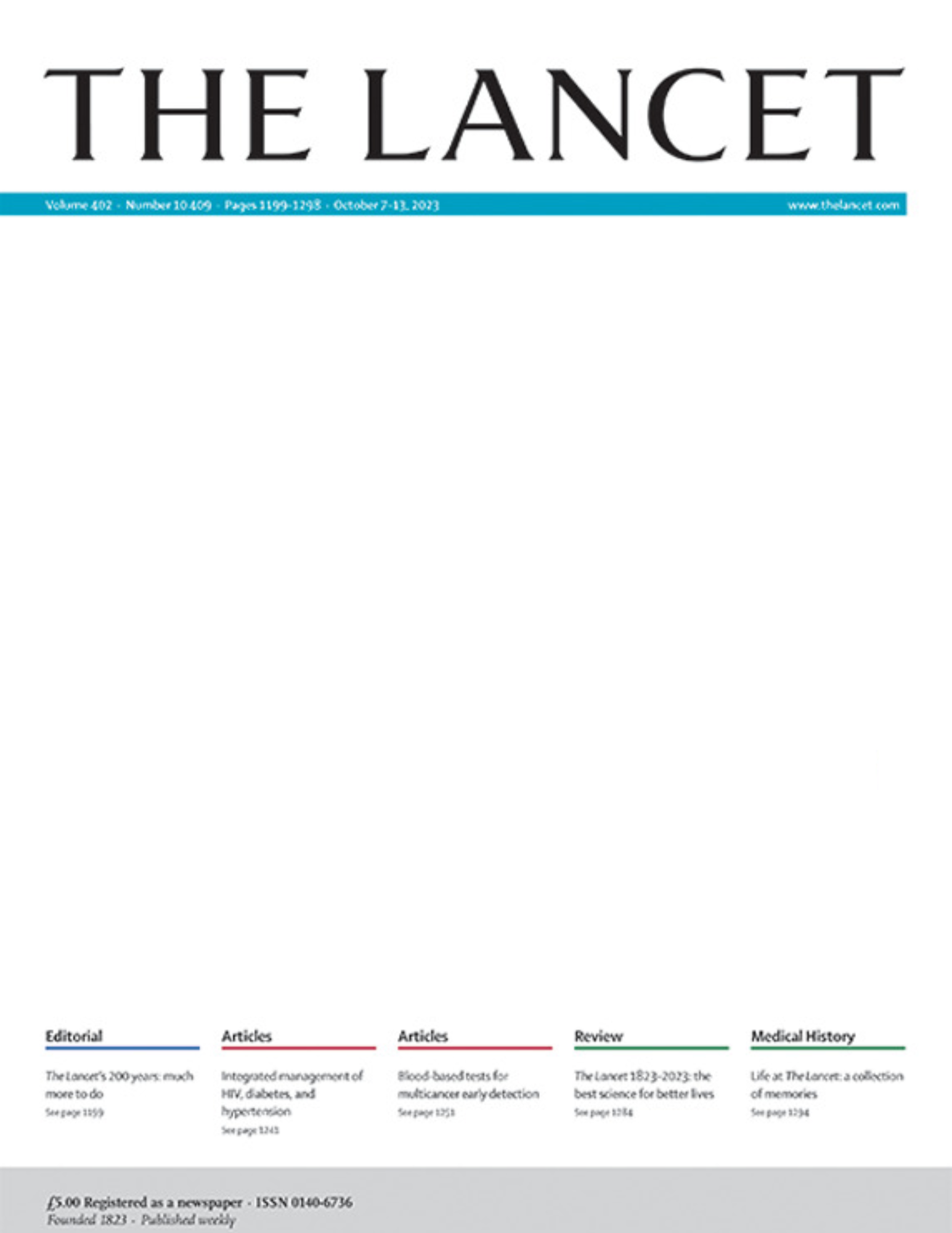
Rehabilitation vs. Surgical Reconstruction for Non-acute Anterior Cruciate Ligament Injury

Rehabilitation vs. Surgical Reconstruction for Non-acute Anterior Cruciate Ligament Injury
Rehabilitation versus surgical reconstruction for non-acute anterior cruciate ligament injury (ACL SNNAP): a pragmatic randomised controlled trial
Lancet. 2022 20-Aug;():. 10.1016/S0140-6736(22)01424-6Did you know you're eligible to earn 0.5 CME credits for reading this report? Click Here
Synopsis
316 patients with non-acute anterior cruciate ligament (ACL) injuries and persistent instability were randomized to receive immediate surgery (n=156) or rehabilitation (n=160). The primary outcome of interest was the Knee Injury and Osteoarthritis Outcome Score - 4 domain (KOOS4). Secondary outcomes of interest included quality of life measures, the Tegner activity score, resource use, complicatio...
To view the full content, login to your account,
or start your 30-day FREE Trial today.
FREE TRIAL
LOGIN
Forgot Password?
Explore some of our unlocked ACE Reports below!

Learn about our AI Driven
High Impact Search Feature
Our AI driven High Impact metric calculates the impact an article will have by considering both the publishing journal and the content of the article itself. Built using the latest advances in natural language processing, OE High Impact predicts an article’s future number of citations better than impact factor alone.
Continue



 LOGIN
LOGIN

Join the Conversation
Please Login or Join to leave comments.